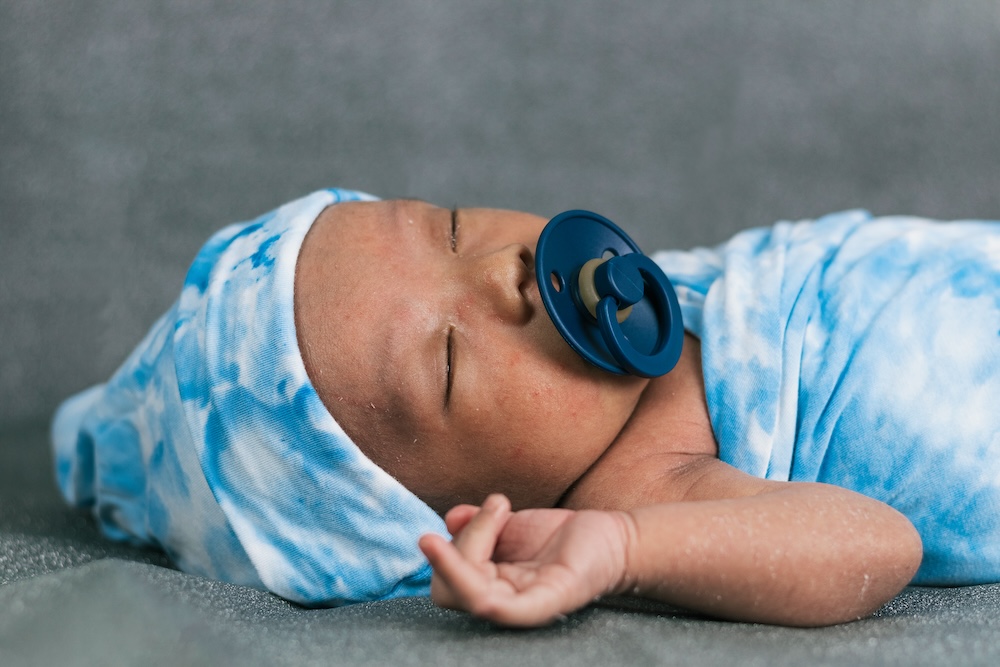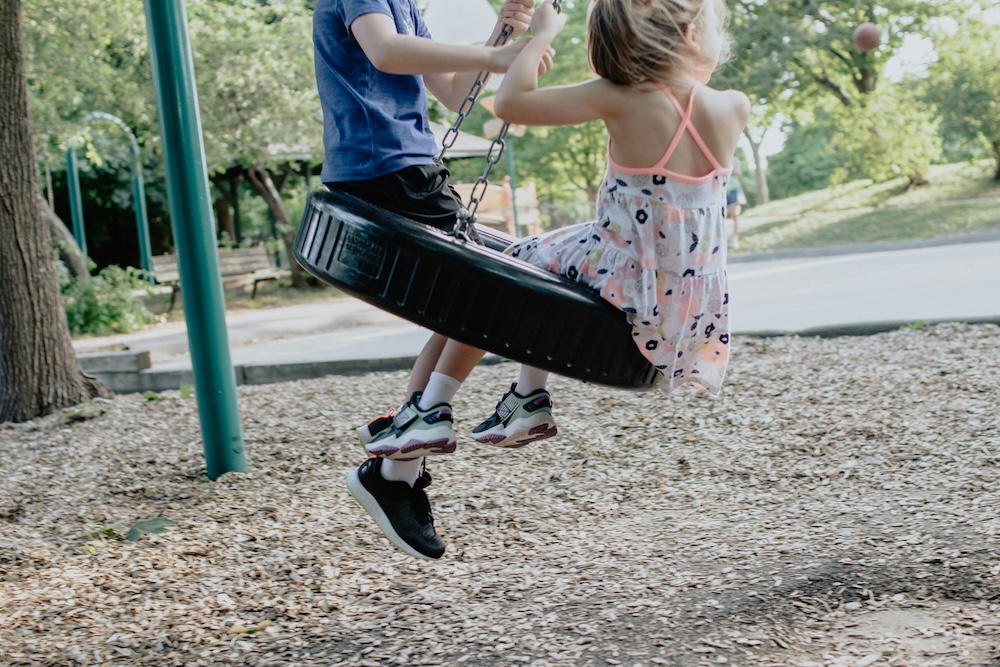Sudden Infant Death Syndrome (SIDS) is the leading cause of injury death in babies. Following the American Academy of Pediatrics’ sleep safety guidelines can significantly reduce the risk of SIDS. In this blog, we cover these guidelines and tips to ensure a safe sleep environment for your infant.
The AAP recommends putting babies on their backs on a firm and flat surface without any soft bedding, like pillows, blankets, and stuffed toys. Soft bedding and inclined sleeper products can cause accidental suffocation and should be avoided. Instead, it’s best to use a fitted sheet and keep everything else out of your baby’s crib. A great reference to use for finding a safe crib or bassinet is Consumer Product Safety Commission (CPSC). Their website also provides updates on product recalls.
Babies should not sleep on their stomachs as this increases their risk of SIDS. Research indicates that SIDS might be caused by defects in the part of the brain that controls breathing and waking up. When your baby is lying down on their stomach, they will sleep more deeply and may not wake up when they need oxygen. It’s also important to avoid the side position as your baby may roll onto their stomach. Some premature babies in NICU might need to be placed on their stomachs, but this should be done only temporarily under physician guidance. Once they’re stable, they should be placed on their backs so they become accustomed to sleeping in this position. After 12 months of age, babies can sleep safely on their stomachs.
The American Academy of Pediatrics recommends avoiding bed sharing. If you have twins or multiples, they should sleep in separate cribs and never together. Additionally, babies should not be allowed to routinely sleep in car seats, strollers, infant carriers, or swings. If your baby does fall asleep in any of these products, it’s important to move them to a firm sleep surface as soon as possible.
Another way to ensure that your baby stays safe is to keep their environment free of any exposure to nicotine. Never smoke or allow anyone else to smoke around your baby. Secondhand smoke increases the risk of SIDS as it can impair your baby’s breathing. You’ll also want to avoid letting your baby’s sleep environment get too warm as overheating is a risk factor for SIDS. Check for any signs of overheating like flushed skin or sweating. The best temperature for your baby’s room is normal room temperature. Sharing a room with your baby can make monitoring their environment and sleep easier and has been known to reduce the risk of SIDS by 50%.
Some parents have questions about whether or not it’s safe to swaddle their infant. Swaddling is safe as long as you follow key guidelines. Babies should not be swaddled tightly nor should weighted blankets be used. Use a thin blanket instead and spread it out flat with one corner folded down. Then, place your baby face-up on the blanket so that they’re still sleeping on their back as they should and place their head above the folded corner. Wrap the left corner of the blanket over their body, tucking it between their right arm and their right side. The right arm should then be tucked and the right corner of the blanket should be folded over their body and under their left side. Then, fold the bottom of the blanket loosely and tuck it under one side of them. If your baby looks like they might roll over, stop swaddling right away. At night, preferably use a zippered or velcro sleep sack.
If you have any questions or concerns about sleep safety or your baby’s health, contact our office.



